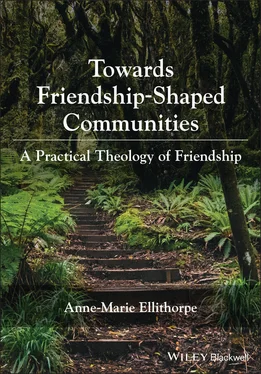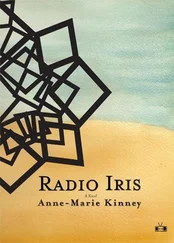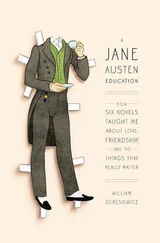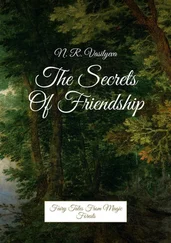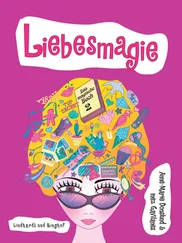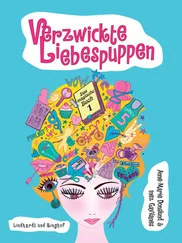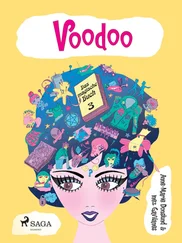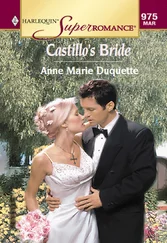Whatever effort communities of faith expend to recover relational practices of friendship should be matched by sustained attentiveness to the cultivation of a theological imagination supporting such practices. The practices of friendship will carry meaning(s) provided by a community’s theological and social imagination. Attention to those practices makes a way of life more visible and more open to critique and transformation.
While some social commentators are pessimistic about the future of friendship in the face of current social and cultural trends, I am convinced that change is possible. New and renewed gardens of friends and schools of love have the potential to provoke and transform the communities within which they form an integral part. As Stephen Pattison argues, one of the main functions of practical theology is to enrich and nurture the imagination. It is imagination that enables perception of theological possibility. 52 A renewed theological and social vision of what is possible is necessary to inspire and catalyze change. Such a vision must also be accompanied by practices that can endure (without “settling” for) the messiness of current realities.
Critical Dialogue between Diverse Sources
Practical theologians make use of various methods of theological reflection. In my development of a practical theology of friendship I draw on the mutually critical correlation approach developed by philosophical theologian David Tracy and introduced into practical theology by Don Browning. This methodology facilitates a critical dialogue between diverse sources, with difference affirmed as a source for further development and dialogue. 53
In Who’s Afraid of Postmodernism? James K.A. Smith, a Canadian-American philosopher, advocates resistance to, and rejection of, the correlational model. Smith’s key concern seems to be the relative status of the conversation partners. It is possible that, at the time of writing, Smith was not aware of mutually critical correlation. Initial approaches to correlation focused on contemporary culture supplying the questions and theology supplying the answers. 54 Seward Hiltner argued that correlation should be more of a two-way street, and David Tracy advocated for correlation to be a mutually critical and corrective process. 55
Smith uses the example of the 2002 movie Whale Rider to depict the way in which the privileging of contemporary culture over tradition, through a community capitulating to modernism, spells disaster. 56 The film, like the book by Māori author Witi Ihimaera on which it is based, links Māori relational values and specific Māori mythology, as it portrays aspects of the contrast between contemporary and traditional life for Māori in Aotearoa New Zealand. Smith presents the tradition of Māori culture as an analogy for the Christian tradition. It follows that modernity is represented by the now dominant Pākehā or settler culture. (Pākehā is a Māori word, originally used to refer to early settlers from Europe, but currently used to describe people of non-Māori or non-Polynesian heritage.) This is not a particularly satisfying analogy, given the complicity of Christian traditions in colonization.
If we step away from the analogy and consider the actual intertwined history of these peoples, we see potential for dialogue and true partnership, characterized by authenticity and genuine reciprocity. Indeed, in Witi Ihimaera’s subsequent work, The Parihaka Woman , his storyteller laments the lack of vision leading to authentic dialogue and partnership between Māori and Pākehā. “If only they [those first Pākehā leaders of ours] had come not to conquer but to partner Maori in some bold and innovative experiment… here, on the other side of the world. Might not fabled Erewhon, a country created out of the legacies of two proud and fierce peoples – one Pakeha and the other Polynesian – have arisen to challenge Europa’s supremacy?” 57
The reality of the intertwined cultures of Māori and Pākehā in Aotearoa depicts the need for mutually critical correlation between Māori, secular Pākehā, and theological understandings and practices. More specifically, there is a need for correlation between dominant culture understandings of the Christian tradition, and Indigenous insights into this tradition. Christianity has been used to oppress but has also been used by Indigenous people to dismantle Western interpretations of Christianity and to critique practices of their own culture. As Māori historian Hirini Kaa asserts, Christianity enabled a space where tribal experts renegotiated mātauranga (knowledge, and ways of knowing) on behalf of their people, influenced by “internal tribal factors and the external intellectual environment.” 58 Cultural persistence and cultural change co-existed. The relationship between tribal knowledge and tribal ways of knowing and the core ideals of Christianity was such that the sharing of ideas led to both experiencing change. 59 Kaa speaks of reciprocity, implying “a sense of willingness on behalf of both parties to give and take, a sense of agency.” 60
Through the reciprocal processes of mutually critical correlation, I am convinced that both Māori and Pākehā cultural understandings can continue to provide enriching insights into the Christian tradition, and in turn be challenged and enriched by Christian understandings. Through processes of mutually critical correlation, consideration can be given to ways in which Māori understandings, biblical texts, and various forms of Christian theology and spirituality mutually inform, enrich, and challenge one another. 61 Leadership practices and church structures that embody just relationships among Māori, Pākehā, Pacific Islanders, and other, more recent immigrants from around the globe can be explored. Traditional spiritualities can be sources of as yet unrealized resources, when confronted with new cultural or global issues. 62
Returning to Smith’s analogy, I am convinced that the story of, and the story behind, Whale Rider do not negate but rather demonstrate the need for dialogue between diverse sources and for mutually critical correlation. The dominant modern culture is not likely to disappear any time soon, although it could be transformed. The challenge for the tradition, whether Māori and/or Christian, is not merely to resist assimilation but to live in an integrated transformative manner within the context in which it currently exists. Smith speaks of the tradition being retrieved for a postmodern context. 63 Māori may well respond that their tradition does not need retrieving. While oppressed or damaged in various ways, their tradition has not been lost. A mutually critical correlation process provides opportunity for dialogue between Māori, biblical, classical, and contemporary understandings of relationality, reciprocity, and resistance to oppression. Smith argues for the (non-identical) repetition of tradition within postmodern contexts. 64 As far as Māori are concerned, such repetition is already taking place. The dialogue inherent within mutually critical correlation provides an approach to further facilitating this process.
My intention here is to affirm the value of mutually critical correlation for practical theological reflection on relationships within Aotearoa New Zealand, as elsewhere. No way of being or knowing is perfect and all can learn from others. It is not too late for bold and innovative experiments of authentic partnership and friendship on behalf of the generations to come.
However, given the power imbalances perpetuated by colonization, it is most appropriate that any critique of Māori understandings and practices come from Māori. 65 Many Māori communities have been damaged by research that has taken, given little in return, and focused on negative aspects of being Māori. 66 The historical power imbalance and resultant injustice in Aotearoa underpins the need to proceed cautiously to ensure just outcomes. Thus, when it comes to Indigenous sources and traditions within this project, my focus will be on learning from, rather than critiquing, Indigenous wisdom.
Читать дальше
